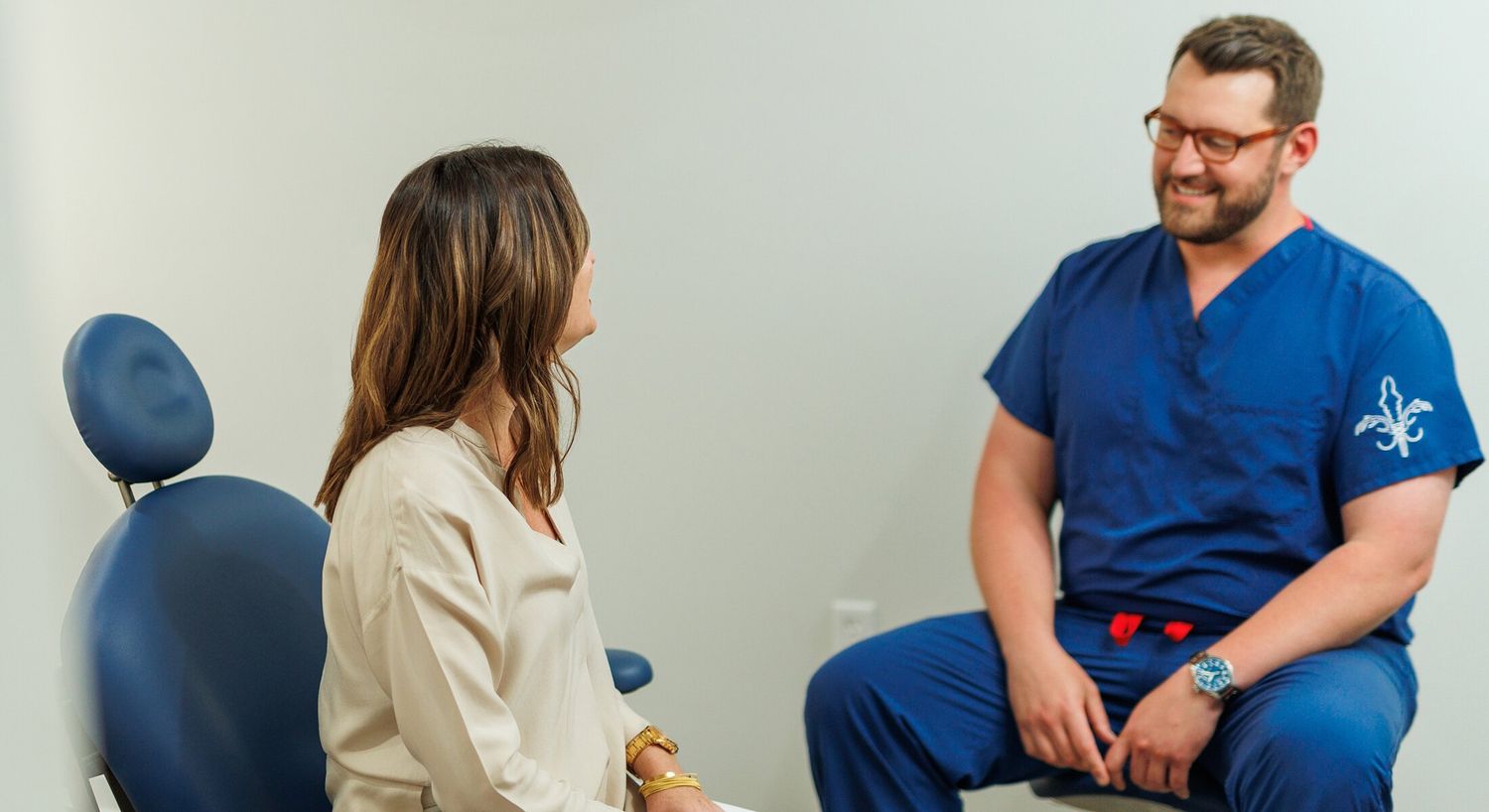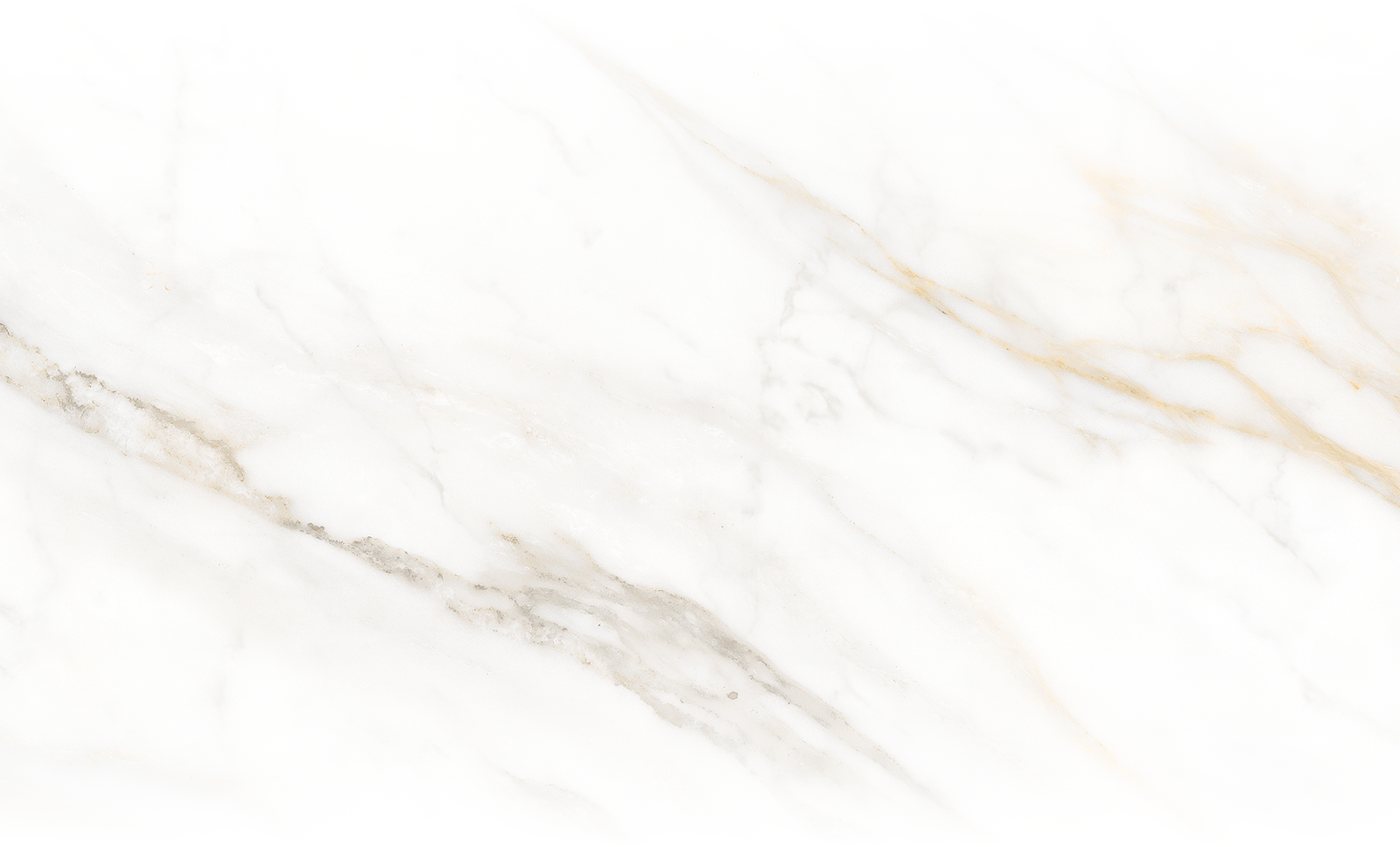
Tori Removal

Tori are extra bone deposits that can form in either the upper or lower jawbone. Most of the time, tori are completely harmless and do not require any clinical treatment.
However, for some patients, the tori may compromise their dental health or lead to discomfort while chewing and swallowing. In these cases, the tori require clinical extraction from a skilled oral surgeon. Dr. Brandner of The OMS Center of South Louisiana is skilled in tori removal and is eager to help patients throughout the Covington area improve their oral health.

Not everyone will experience the formation of a torus in their mouth. Some of the factors that can place you in a higher risk category include:
Certain dietary habits can also increase your risk of developing tori. Tori are more common among patients who consume a lot of fish or eat diets high in dairy.
When you notice a small lump growing in your mouth, it is understandable to be concerned. We want to assure patients that tori are rarely cancerous, and while it is always good to seek a professional evaluation, the formation of a torus is no cause for alarm.
Many patients simply leave the torus in place and are never bothered by it. In some instances, the torus may require clinical removal. We generally recommend seeing an oral surgeon about tori removal under any of the following circumstances:

The first step toward tori removal is having a consultation with your oral surgeon. Dr. Joshua S. Brandner will confirm your need for tori removal via an oral examination as well as medical imaging. He will also take plenty of time to explain the procedure, outline other options, and empower you to make an informed decision about your oral healthcare.
The tori removal surgery is usually very straightforward. Topical anesthesia is used to numb the treatment area and ensure that you do not experience any pain during the procedure. Your surgeon will then use a blade to incise the gum tissue that covers your torus. Once the torus is exposed, pieces of it can be either removed or sanded down, leaving you with a smooth, flat area along your jawline. Dr. Brandner will then close the incision, allowing it to begin healing.

Following tori removal Covington oral surgeon, Dr. Brandner, will advise you to take antibiotics to prevent infection. You may experience some minor discomfort, which can be alleviated via prescription medications or simply through over-the-counter remedies. It may take up to eight weeks for the incision site to fully heal, but any pain or swelling you experience will subside within a week.
If you have any additional questions about recovery or the tori removal process in general, we welcome you to contact our office. Schedule a consultation appointment in the Covington, LA area today at (985) 687-1616.